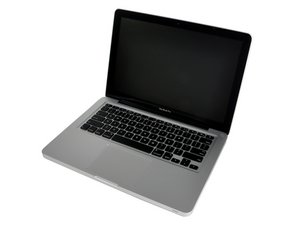Hi! I'm a Computer Engineer, Nice to answer all doubts and questions about Mac's, put an SSD to MacBook Pro isn't as easy as it looks, the problem described above could be a Software problem or just simply a SMC reset or NVRAM restart.
I have been reading all of the answer, and unfortunately, i have to correct a very big concept mistake of the answer posted on (08/31/2015) .
"the cables specs were for SATA II not SATA III drives" ==> That is not true, it's complete false.
FIRST: In Serial - ATA interfaces there aren't different type of cables according of the bus speed. The bus can be SATA I (up to 1.5Gb/s) , SATA II (up to 3 Gb/s) or as far, SATA III (6 Gb/s). This speed it depends of the chipset of the computer, in this case, we are talking about MacBook Pro Mid 2012 with have Intel 7 series chipset, which full support SATA III.
SECOND: Even deferents types of bus and also, speeds, the CABLE IT'S THE SAME, there are not difference between SATA gen, there used to be deferents cables in P-ATA interfaces (Parallel interface). But now, in SATA there isn't!!!
THIRD: The best SSD you can put in your Mac is the original branded Apple SSD, which only can be purchased when you buy your laptop Order To Build... Out of there, you have to buy the most similar component, and sorry, but the only brand of SSD which approach to OEM apple's SSD is Crucial (as far) because of the NAND controller it's fully compatible, Samsung uses a own controller with it could be in some case ,not fully compatible and may cause errors and problems like this.
So please, if the SATA cable works, you DON'T HAVE TO CHANGE!
Thank you very much and i hope this post helps those of you read it!

 3
3  2
2 
 974
974 


3 comentários
mmm ... So the T/N is out of date :-) go figure! In any case you have the newest EFI so that kills that as the issue (we don't care about the SMC in this case which is were yours is newer than the T/N). I've posted a request for Apple to update the T/N so it correctly reflects what people have.
por DanJ
But with the hdd it works
With the ssd doesnt work
por dimeomattia
I too have this problem. Any solution?
por Sakthi Balan